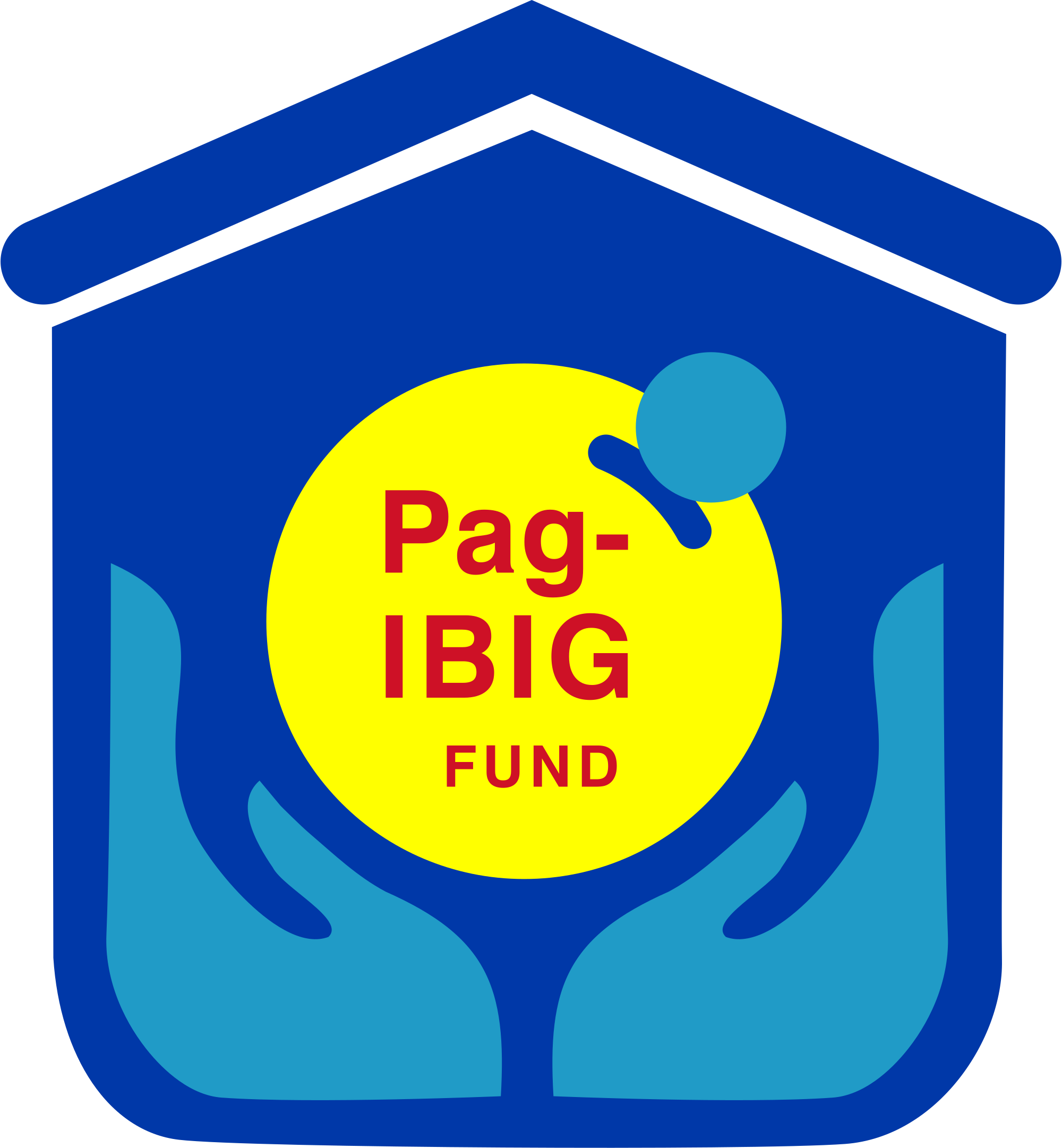

The Home Development Mutual Funs (HDMF), also known as the Pag-IBIG Fund, or the Fund, was created on June 11, 1978 by virtue of Presidential Decree (PD) No. 1530 to address two of the country's basic needs: generation of savings and provision of shelter for the Filipino workers.
Under this decree, two agencies administered Pag-IBIG Fund namely: (a) Social Security System (SSS) for the funds from government workers. To meet the urgent need to consolidate all long-term, low-interest housing funds from government workers. To meet the urgent need to consolidate all long-term, low-interest housing funds under the administration of a single agency to support the National Shelter Program of the then Ministry of Human Settlements, Executive Order (EO) No. 527 was issued on March Finance Corporation (NHMFC). As such, NHMFC took care of the administration, custody, disposal and utilization of the funds, including the authority to promulgate implementing rules and regulations pertaining to the aforesaid functions. On June 4, 1979, EO No. 538 was issued merging the two funds into what is now known as Pag-IBIG Fund, which stands for Pagtutulungan sa Kinabukasan: Ikas, Bangko, Industriya at Gobyerno. It remained under the administration of the NHMFC until PD No. 1530 was amended by PD No. 1752 on December 14, 1980, making it an independent corporation with its own Board of Trustees.
Shortly after the administration of President Corazon C. Aquino, Pag-IBIG contributions were suspended from May to July 1986. However, on August 1, 1986, former President Aquino issued EO No. 35 directing the resumption of mandatory Pag-IBIG membership under more liberal terms. The contribution rate was reduced from three per cent to one per cent of fund salary for employees earning over P1,500. Employer share was cut from three per cent to a fixed rate of two per cent while the maximum fund salary was raised from P 3,000 to P5,000.
January 1, 1987 marked the return of Pag-IBIG membership to a voluntary program under EO No. 90. The next eight years witnessed the growth of Pag-IBIG Fund as a voluntary fund. On Jun 17, 1994 then President Fidel V. Ramos signed Republic Act (RA) No. 7742, which reverted Pag-IBIG membership to mandatory effective January 1, 1995.
On July 21, 2009, then President Gloria Macapagal-Arroyo signed into law RA No. 9679, otherwise known as the \"Home Development Mutual Fund law of 2009\". The new law and its Implementing Rules and Regulations (IRR) took effect on August 27, 2009 and November 3, 2009, respectively. It repealed PF Nos. 1530 and 1752 as well as EO Nos. 35 and 90. Its landmark provisions are those expanding the mandatory coverage of the Pag-IBIG Fund to include all employees compulsorily covered by SSS and GSIS, as well as Filipinos employed by foreign-based employer; exempting Pag-IBIG Fund employees from the coverage of the Salary Standardization Law; and restoring tax exemption privileges.
Through the years, Pag-IBIG Fund has become the prime government financial institution tasked to continually perform two of the nation's basic concerns: generation of savings and provision of access to home financing to the workers. As such, it mobilizes an efficient, dynamic, regular and integrated nationwide savings system and at the same time enables low and missle-income families to realize their dream of having decent shelter.
At present, the Fund's Corporate headquarters (CHQ) is located at the Petron Mega Plaza Building, 358 Senator Gil J. Puyat Avenue, Makati City.
To generate more savings from more Filipino workers, to administer a sustainable Fund with integrity, sound financial priniciples, and with social responsibility, and to provide accessible funds for housing of every member.
For every Filipino worker to save with Pag-IBIG Fund and to have decent shelter
Operational Vision: To sustain membership growth and retention that would result to a P2 Billion annual increase in member's savings collection until 2022, and provide affordable home financing to at least 361,918 low income earners through Socialized and Low-Cost Housing from 2018 until 2022.
| POSITION | NAME |
|---|---|
| No results found | |